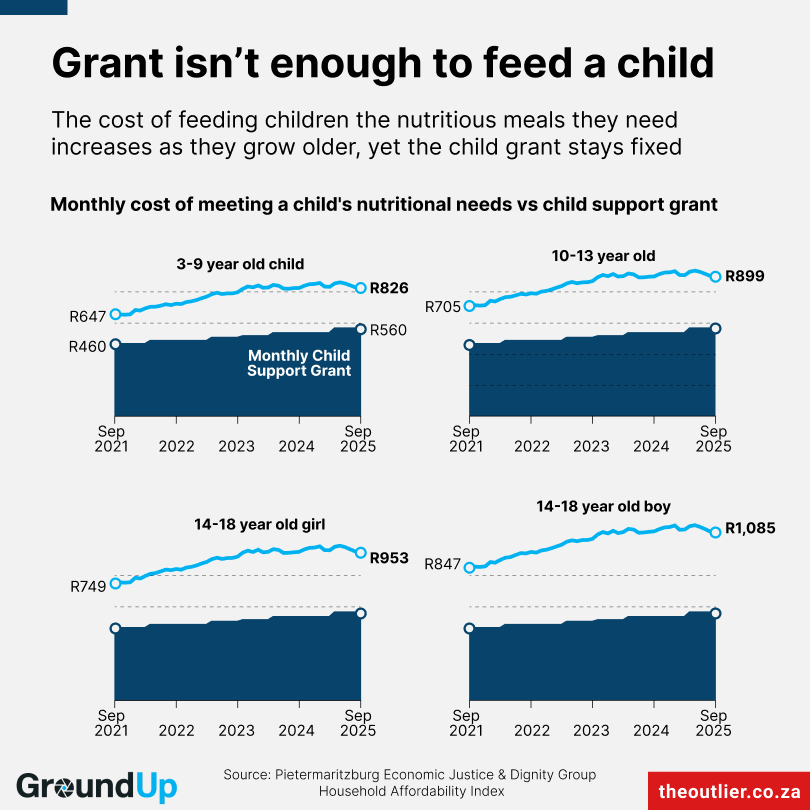The Role of Domestic Resource Mobilization in Achieving the Sustainable Development Goals
1. Context: A Paradigm Shift in Development Finance
A significant shift is underway in development finance, moving from a reliance on Official Development Assistance (ODA) to an increased focus on Domestic Resource Mobilization (DRM). This transition places taxation at the core of strategies for achieving the Sustainable Development Goals (SDGs).
- Declining ODA budgets are compelling lower-income countries to seek sustainable, self-sufficient funding mechanisms.
- This shift directly supports SDG 17 (Partnerships for the Goals), particularly Target 17.1, which aims to strengthen domestic capacity for tax and other revenue collection.
2. Taxation as the Linchpin for SDG Implementation
According to analysis from the International Centre for Tax and Development, taxation is no longer just a component of public finance but is now considered the primary source and “linchpin” for funding development agendas in an era of shrinking foreign aid. Effective tax systems are fundamental for governments to provide the public services necessary to meet SDG targets.
3. The Revenue Gap: A Major Obstacle to Progress
A substantial disparity in fiscal capacity hinders the ability of lower-income countries to fund SDG-related initiatives. This gap is highlighted by key statistics on tax-to-GDP ratios:
- Low-Income Countries: An average tax-to-GDP ratio of 15% or less.
- Higher-Income Countries: An average tax-to-GDP ratio of approximately 40%.
This revenue shortfall severely limits governmental capacity to invest in critical sectors, thereby impeding progress across the entire 2030 Agenda.
4. Implications for Key Sustainable Development Goals
Strengthening domestic tax systems has direct and indirect impacts on the achievement of numerous SDGs:
- SDG 1 (No Poverty) & SDG 10 (Reduced Inequalities): Enhanced tax revenues enable governments to fund social protection systems, poverty alleviation programs, and public services that reduce inequality.
- SDG 3 (Good Health and Well-being) & SDG 4 (Quality Education): Domestic revenues are the primary sustainable source for financing robust public health and education systems.
- SDG 16 (Peace, Justice and Strong Institutions): Building fair and efficient tax administrations strengthens state institutions, enhances governance, and fosters a more stable social contract between citizens and the state.
Analysis of Sustainable Development Goals in the Article
1. Which SDGs are addressed or connected to the issues highlighted in the article?
-
SDG 17: Partnerships for the Goals
Explanation:
The article’s entire focus is on development finance, which is a core component of SDG 17. It discusses the means of implementation for development by highlighting the shift from international aid (Official Development Assistance) to self-sufficiency through “domestic resource mobilization.” This directly addresses the goal of strengthening global partnerships and financial mechanisms for sustainable development.
2. What specific targets under those SDGs can be identified based on the article’s content?
-
Target 17.1: Strengthen domestic resource mobilization, including through international support to developing countries, to improve domestic capacity for tax and other revenue collection.
Explanation:
The article explicitly centers on this target. It states that “tax is already the primary source of financing for lower-income countries” and that strengthening this capacity is crucial as aid shrinks. The discussion about the low “tax-to-gross-domestic-product, GDP, ratio” in these countries directly points to the need to improve domestic revenue collection as described in this target.
-
Target 17.2: Developed countries to implement fully their official development assistance commitments.
Explanation:
This target is addressed by highlighting its shortfall. The article’s premise is the “decline in official development assistance, or ODA,” which thrusts the issue of domestic taxation “into the spotlight.” This context directly relates to the failure to meet ODA commitments, making this target relevant to the problem described.
3. Are there any indicators mentioned or implied in the article that can be used to measure progress towards the identified targets?
-
Indicator 17.1.1: Total government revenue as a proportion of GDP, by source.
Explanation:
The article directly mentions and provides data for this indicator. It states, “On average, low-income countries have a tax-to-gross-domestic-product, GDP, ratio of 15% or less, compared to about 40% in higher-income countries.” The “tax-to-GDP ratio” is the specific measurement for this indicator.
-
Indicator 17.2.1: Net official development assistance… as a proportion of… gross national income (GNI).
Explanation:
This indicator is implied by the article’s statement about the “decline in official development assistance, or ODA.” While a specific percentage is not provided, the mention of its decline indicates that this is a measurable trend being monitored, which is the purpose of this indicator.
4. Summary Table of SDGs, Targets, and Indicators
| SDGs | Targets | Indicators |
|---|---|---|
| SDG 17: Partnerships for the Goals | Target 17.1: Strengthen domestic resource mobilization… to improve domestic capacity for tax and other revenue collection. | Indicator 17.1.1: The article explicitly mentions the “tax-to-gross-domestic-product, GDP, ratio” as a key metric (15% in low-income countries vs. 40% in high-income countries). |
| SDG 17: Partnerships for the Goals | Target 17.2: Developed countries to implement fully their official development assistance commitments. | Indicator 17.2.1: The article implies this indicator by referencing the “decline in official development assistance, or ODA,” which is measured as a proportion of donors’ GNI. |
Source: devex.com






